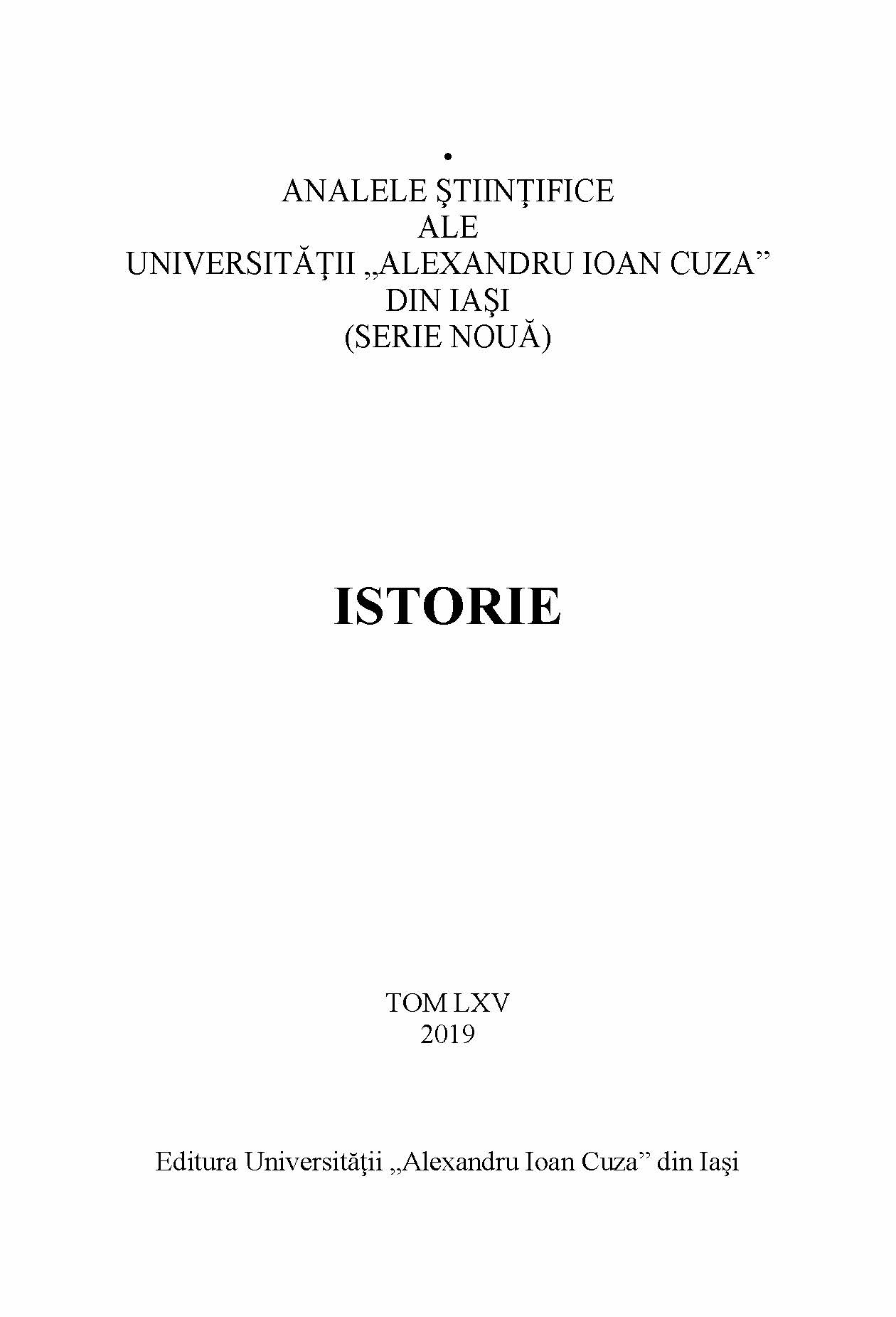Trecutul în culori, culorile în trecut
Past in colours, colours in the past
Author(s): Maria Magdalena SzékelySubject(s): History, Cultural history, History of ideas, Social history
Published by: Editura Universităţii »Alexandru Ioan Cuza« din Iaşi
Keywords: colour; Moldavia; Wallachia; symbol; semantics;
Summary/Abstract: The author uses different historical sources for reconstructing the chromatic universe of Moldavia and Wallachia, in the Middle Ages and the pre-modern era. In the past, the colour had a very important role. The way it was displayed, seen and used was not accidental, but related to imaginary, ideology and the forms of non-verbal communication. The colour was everywhere: in clothes, in princely and noble residences, in modest houses or in monastic cells, in harnesses, in carriages, in arms, in jewels, in insignia of power, in coat of arms, in flags, in prince treasure, in military uniforms, in churches, in food and drink, etc. The colour was a decorative element, a mark of wealth and prestige, a symbol of power and an expression of piety. The author is careful to draw attention to the difficulties encountered by the researcher interested in the history of colours. The colour introduces the historian to the realm of symbols. Along with animals, stones or plants, the colours are a proof of the semantic richness of the past. Whether we find it in text, image or objects, colour has multiple meanings, sometimes quite contradictory according to our logic. For this reason, each colour must be placed and analysed in its own context; then the different contexts will be studied by comparison. Only in this way, the medieval and the pre-modern chromatic polysemy can be decrypted, and the different meanings of colour can be placed in a system of significance.
Journal: Analele Ştiinţifice ale Universităţii »Alexandru Ioan Cuza« din Iaşi. Istorie
- Issue Year: 2019
- Issue No: 65
- Page Range: 17-37
- Page Count: 21
- Language: Romanian
- Content File-PDF

